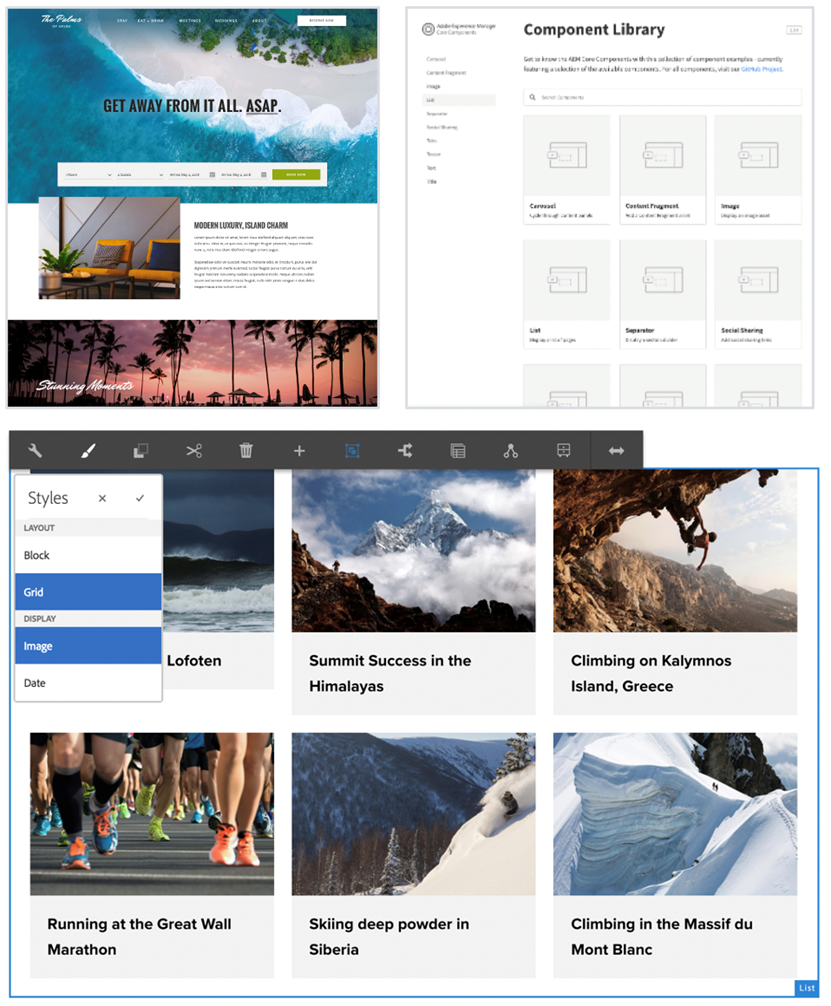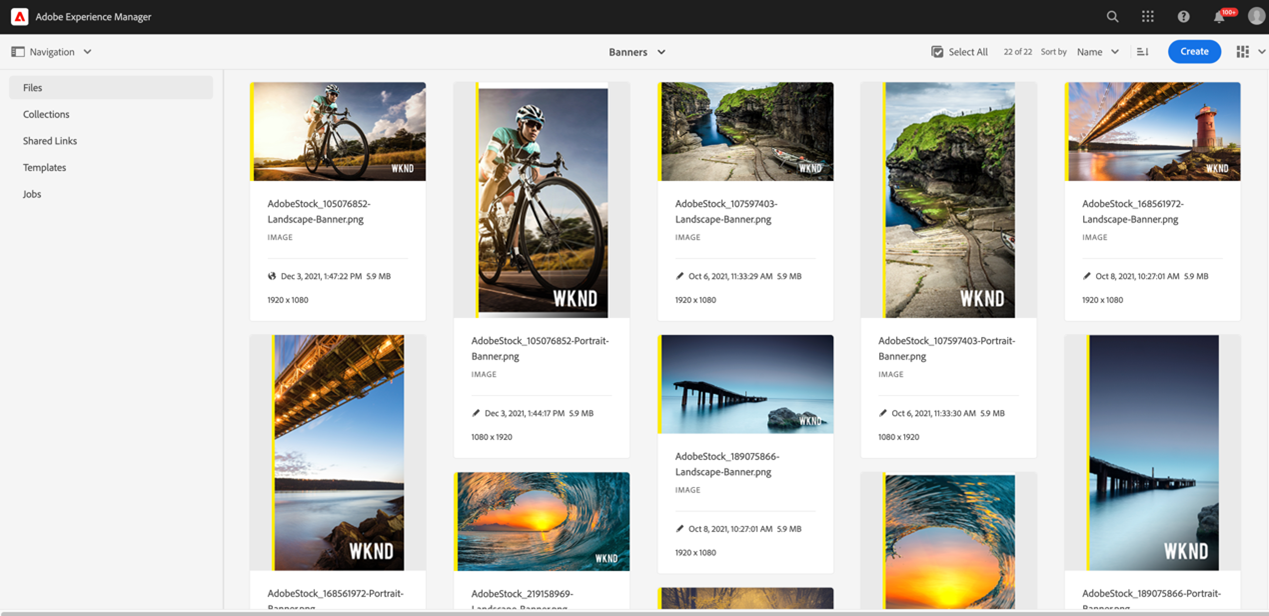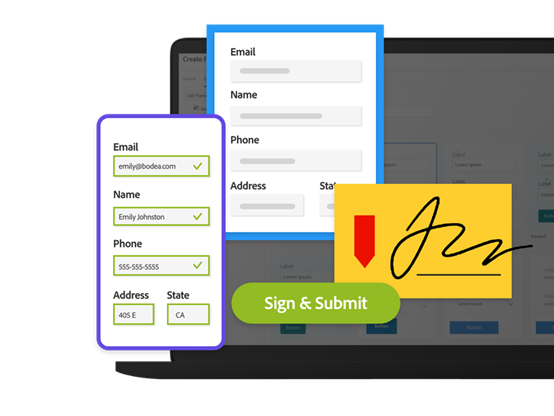
What is Adobe Experience Manager (AEM)?
AEM Assets, AEM Forms, AEM Screens, AEM Sites, Digital Asset Management (DAM)
7 January 2025
- What is Adobe Experience Manager (AEM)?
- Introduction to Adobe Experience Manager
- Key Modules of AEM
- Core Capabilities & Features
- Benefits of Using AEM
- Real-World Use Cases of Adobe Experience Manager
- Integration with Other Adobe Solutions
- Implementation Best Practices
- Challenges and Considerations
- Conclusion
- What is Adobe Experience Manager (AEM)?
- Introduction to Adobe Experience Manager
- Key Modules of AEM
- Core Capabilities & Features
- Benefits of Using AEM
- Real-World Use Cases of Adobe Experience Manager
- Integration with Other Adobe Solutions
- Implementation Best Practices
- Challenges and Considerations
- Conclusion
1. What is Adobe Experience Manager (AEM)?
Delivering seamless, engaging, and personalized experiences across channels is a cornerstone of successful digital strategies. Adobe Experience Manager (AEM) is a powerful solution that combines a content management system (CMS), digital asset management (DAM), and tools for personalized experiences. With AEM, organizations can build, manage, and optimize digital experiences effortlessly, ensuring they meet modern customer expectations.
2. Introduction to Adobe Experience Manager
2.1 What Is a Digital Experience Platform (DXP)?
A DXP is a platform designed to manage and deliver seamless digital experiences across multiple channels, such as websites, apps, and IoT devices. Unlike traditional CMS tools, DXPs focus on omnichannel delivery, personalization, and scalability, making them essential for modern customer engagement.
2.2 What Is Adobe Experience Cloud (AEC)?
Adobe Experience Cloud is a suite of tools that manages the entire customer journey. It includes Adobe Analytics for insights, Adobe Campaign for marketing automation, Adobe Target for personalization, and AEM for content and asset management. AEC integrates these solutions to deliver personalized and unified customer experiences.
2.3 What Are the Relations Between AEM, AEC, and DXP?
AEM is a core component of AEC, providing content management for the broader DXP ecosystem. AEC integrates AEM with tools like Analytics and Target, enabling businesses to use content effectively while personalizing and optimizing experiences across channels. Together, they fulfill the DXP vision of delivering consistent and connected digital experiences.
3. Key Modules of AEM
3.1 AEM Sites
AEM Sites provides tools to build responsive, multilingual websites. With its drag-and-drop editor, pre-built templates, and localization support, it simplifies website creation and management, enabling teams to focus on delivering value to their audience.
3.2 AEM Assets
AEM Assets centralizes digital asset management, making it easier to organize, tag, retrieve, and reuse assets like images, videos, and documents. AI-driven capabilities such as auto-tagging and smart cropping enhance efficiency and consistency.
3.3 AEM Forms
AEM Forms transforms traditional paper-based workflows into fully digital experiences. From automating form submissions to collecting customer data securely, it reduces errors and improves operational efficiency in sectors like finance, government, and healthcare.
3.4 AEM Screens
AEM Screens extends digital experiences to physical locations, enabling businesses to manage interactive kiosks and digital signage. It’s an ideal tool for industries like retail and hospitality, where customer engagement in-store matters as much as online.
4. Core Capabilities & Features
4.1 Content Management
AEM’s CMS is robust yet user-friendly. Content creators can manage complex websites with ease using features like in-line editing, version control, and adaptive design tools.
4.2 Digital Asset Management (DAM)
The DAM module allows teams to centralize and standardize asset usage. AI features streamline tasks like metadata generation, ensuring assets are easy to find and optimized for specific use cases.
4.3 Multisite Management and Localization
AEM supports the management of multiple sites with shared assets, templates, and localization features. This is particularly beneficial for global organizations aiming to maintain brand consistency while catering to regional markets.
4.4 Workflow Automation and Collaboration
AEM enhances collaboration with built-in workflows for content review, approval, and publishing. Automated tasks reduce manual effort, speeding up production cycles.
4.5 Integration with Adobe Solutions
AEM’s integration capabilities enable seamless data flow across the Adobe Experience Cloud, allowing teams to use insights from Adobe Analytics to improve content strategies or Adobe Target to enhance personalization.
5. Benefits of Using AEM
Consistent Branding Across Channels
AEM ensures your brand voice and visual identity remain consistent, whether customers interact with your website, mobile app, or in-store screens.
Faster Content Creation and Delivery
Pre-configured templates, reusable components, and intuitive tools allow content teams to deliver faster without compromising quality.
Centralized Asset Management & Reuse
By storing and managing all assets in a single platform, AEM minimizes duplication and enables content teams to reuse materials effectively across campaigns.
Streamlined Forms and Customer Onboarding
Dynamic, interactive forms make data collection and onboarding simple, reducing friction and enhancing user experience.
Enhanced Customer Experiences
AEM's personalization capabilities enable businesses to deliver relevant content tailored to individual user preferences, driving engagement and loyalty.
Improved Collaboration and Workflow Efficiency
AEM provides robust collaboration tools and workflow management features that streamline the content creation process. Teams can work together seamlessly, track progress, and ensure that all content goes through the necessary review and approval stages.
6. Real-World Use Cases

eCommerce and Retail
Retailers use AEM to manage product pages, integrate personalization tools, and streamline digital asset usage for seasonal campaigns.

Financial Services & Banking
AEM Forms simplify complex customer applications, reducing processing times and improving customer satisfaction.

Government and Public Sector
Public organizations rely on AEM to create accessible websites, digitize forms, and enhance citizen engagement.

Travel
Travel companies deploy AEM Screens for interactive kiosks and digital signage in airports, offering real-time updates and promotional content.

Education
Universities and schools use AEM to manage student portals, create engaging course pages, and share digital resources.

Media and Entertainment
AEM's robust content management capabilities enable these companies to deliver personalized and engaging content to their audiences across multiple channels, enhancing viewer engagement and satisfaction.
7. Integration with Other Adobe Solutions

Adobe Campaign
Leverage AEM with Adobe Campaign to deliver personalized marketing messages across email, social, and mobile channels.
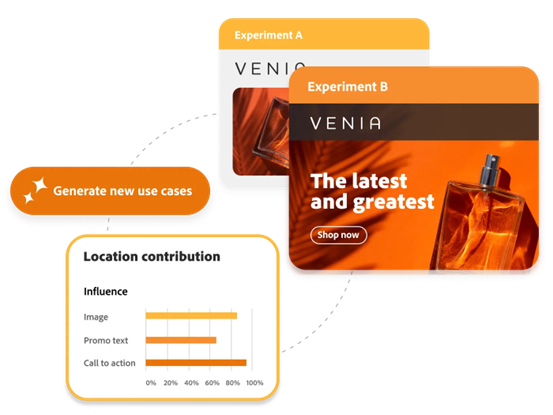
Adobe Target
Use Adobe Target's AI-driven features to offer customized recommendations and dynamic content within AEM-powered experiences.
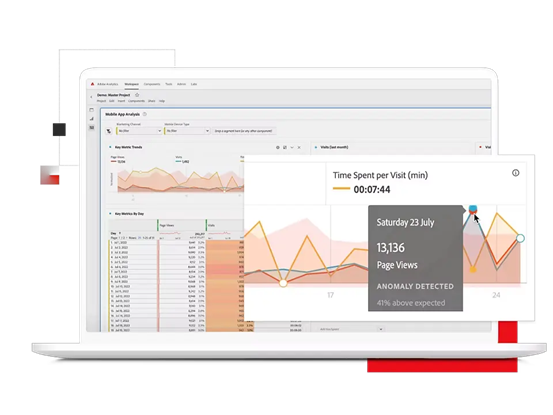
Adobe Analytics
Gain real-time insights into user behavior and content performance to optimize strategies continuously.
8. Implementation Best Practices
8.1 Planning and Governance
- Define Clear Goals: Identify the specific business objectives you aim to achieve with AEM, such as improving content workflows, enhancing customer engagement, or enabling multisite management.
- Stakeholder Alignment: Bring together key stakeholders from IT, marketing, and other departments to define project requirements and success metrics.
- Create a Roadmap: Establish a phased implementation plan with milestones, deliverables, and timelines to manage expectations and track progress.
- Governance Framework: Develop governance policies for content creation, approval workflows, and user roles to maintain consistency and efficiency.
8.2 Building a Cross-Functional Team
- Assemble Experts: Include representatives from IT, marketing, UX design, and project management to ensure all aspects of the implementation are covered.
- Leverage External Expertise: Partner with an experienced AEM agency or company to navigate technical complexities and optimize deployment.
- Training and Onboarding: Provide comprehensive training to ensure team members are proficient in using AEM’s features and tools.
8.3 Security and Compliance Considerations
- Data Protection: Implement robust security protocols to protect sensitive data, including encryption, secure access controls, and regular audits.
- Compliance Readiness: Ensure compliance with relevant regulations such as GDPR, CCPA, or industry-specific standards by integrating compliance workflows into AEM.
- Cloud Security: If using AEM as a Cloud Service, confirm that the infrastructure meets your organization’s security and scalability requirements.
8.4 Maintenance and Continuous Optimization
- Regular Updates: Keep your AEM platform updated with the latest patches and feature releases to ensure optimal performance and security.
- Monitor Performance: Use analytics tools to measure site performance, user engagement, and content effectiveness.
- Optimize Workflows: Continuously refine workflows and templates based on user feedback and evolving business needs.
- Scalability Planning: Regularly assess your platform’s capacity and plan for scaling to accommodate future growth or increased traffic.
8.5 Testing and Quality Assurance
- Comprehensive Testing: Conduct thorough testing, including performance, usability, and security tests, before launching AEM to ensure it meets your business requirements.
- Iterative Improvements: Use an agile approach to identify and address issues early in the implementation process.
9. Challenges and Considerations
While AEM offers numerous benefits, organizations should prepare for:
- Complexity of Implementation: Success requires expertise in development and project management.
- Cost and licensing Models: Understand pricing structures and forecast budgets accordingly.
- Training and Organizational Change: AEM adoption may require comprehensive user training.
- Scalability and Cloud Migration: Invest in scalable cloud solutions to future-proof your implementation.
10. Conclusion
10.1 Is AEM Right for Your Organization?
If your business values personalization, scalability, and streamlined digital operations, AEM offers unmatched benefits. Partnering with an experienced AEM agency or company can ensure a successful implementation tailored to your needs.
10.2 Key Takeaways
AEM combines cutting-edge tools for managing and optimizing digital experiences, making it an essential investment for businesses striving for customer-centricity.
10.3 Additional Resources
Learn more about AEM and how it can transform your business at Leads Technologies. Whether you need guidance from an AEM company or a full-service AEM agency, Leads Technologies has the expertise to support your goals.


